Discover Arizona’s 20 Natural Wonders: Where Nature Is The True Architect Of Majestic Landscapes
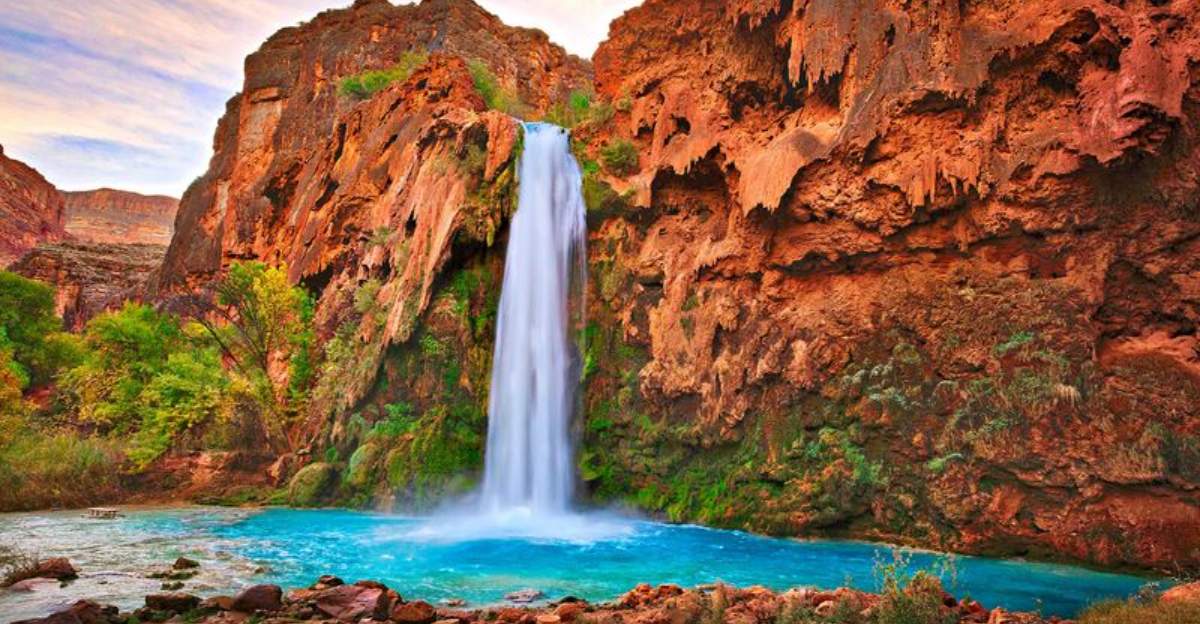
Arizona is like one giant outdoor playground sculpted by nature’s hand. From towering red rock cliffs and winding canyons to crystal-clear waterfalls and hidden caves, the Grand Canyon State delivers jaw-dropping scenery at every turn.
Whether you’re a hiker, photographer, or casual traveler, Arizona’s diverse landscapes offer endless opportunities to explore, adventure, and experience some of the most breathtaking natural wonders in the country.
1. Grand Canyon National Park
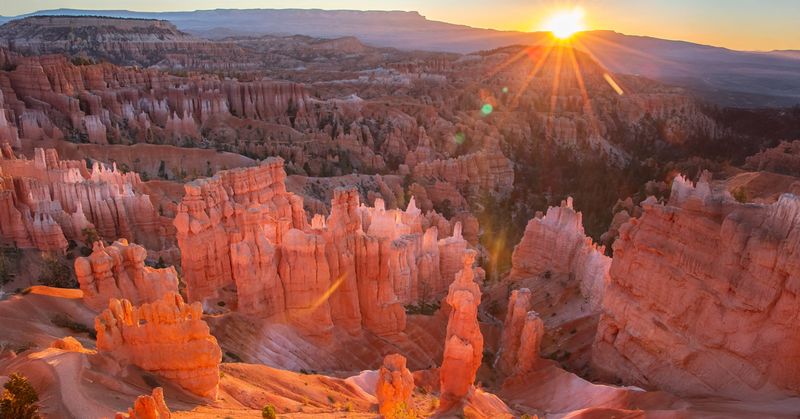
This massive geological marvel stretches across 277 miles, revealing two billion years of Earth’s history in its colorful layers. The Grand Canyon dazzles visitors with its immense size and ever-changing views as sunlight plays across ancient rock formations throughout the day.
Hiking trails offer adventures for all skill levels, while helicopter tours provide breathtaking aerial perspectives of this natural masterpiece.
2. Antelope Canyon
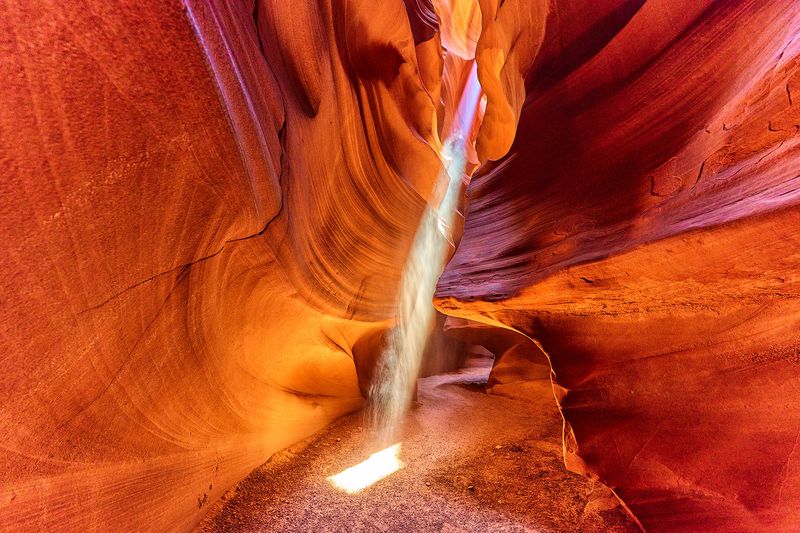
Smooth, flowing sandstone walls create an otherworldly experience as sunbeams pierce through narrow openings above. Antelope Canyon’s wave-like formations, sculpted by flash floods over countless centuries, showcase nature’s artistic side in spectacular fashion.
Guided tours lead visitors through this photographic paradise, explaining how water and time collaborated to create such mesmerizing patterns and colors.
3. Monument Valley
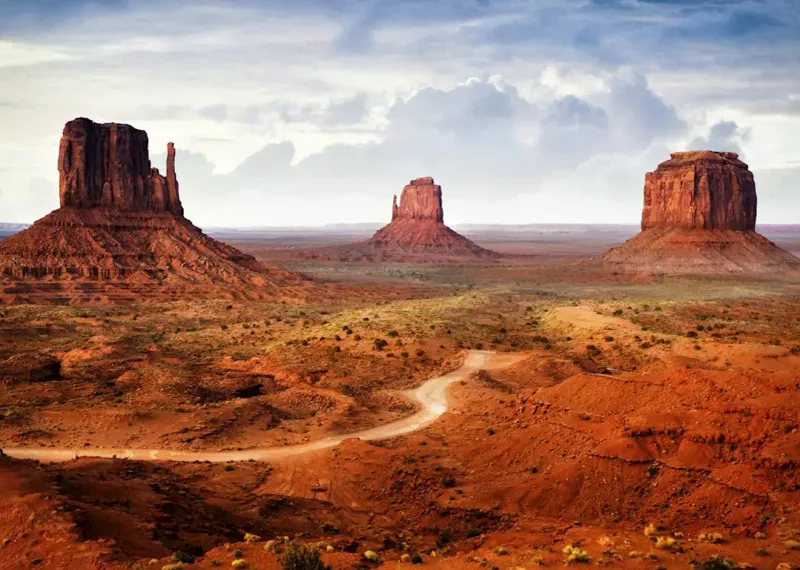
Iconic sandstone buttes rise dramatically from the desert floor, creating one of America’s most recognizable landscapes. Monument Valley’s distinctive silhouettes have starred in countless films and represent the quintessential American West.
Navajo guides share cultural insights while driving visitors through this sacred tribal park, revealing stories behind formations with names like ‘The Mittens’ and ‘Three Sisters.’
4. Horseshoe Bend
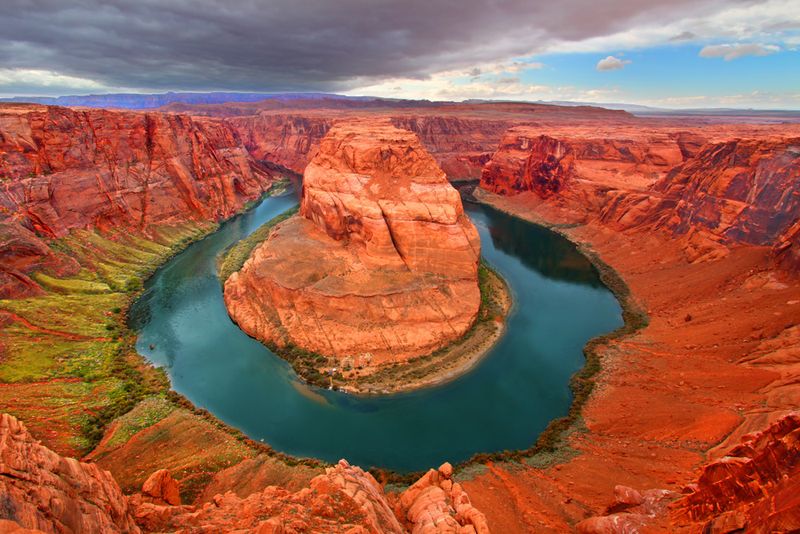
Standing at the edge of a 1,000-foot cliff reveals one of nature’s most perfect designs below. The Colorado River makes a dramatic 270-degree turn around a sandstone escarpment, creating Horseshoe Bend’s instantly recognizable shape.
A short hike leads to this unforgettable viewpoint where visitors gather to photograph the emerald waters contrasting beautifully with red canyon walls.
5. The Wave
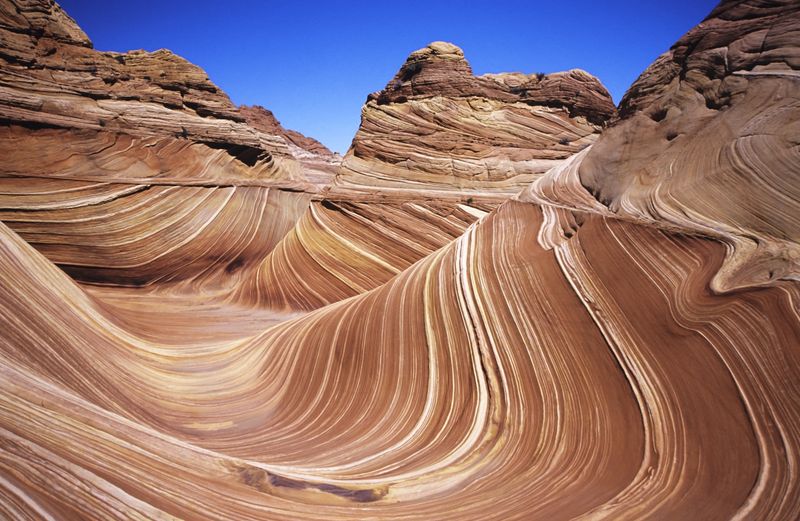
Hidden among remote canyons lies a masterpiece of swirling sandstone resembling a frozen ocean. The Wave’s undulating formations showcase vibrant bands of red, yellow, and orange that seem to flow like liquid stone across the landscape.
Access requires winning a highly competitive permit lottery, making this natural wonder one of Arizona’s most exclusive and sought-after hiking destinations.
6. Petrified Forest National Park
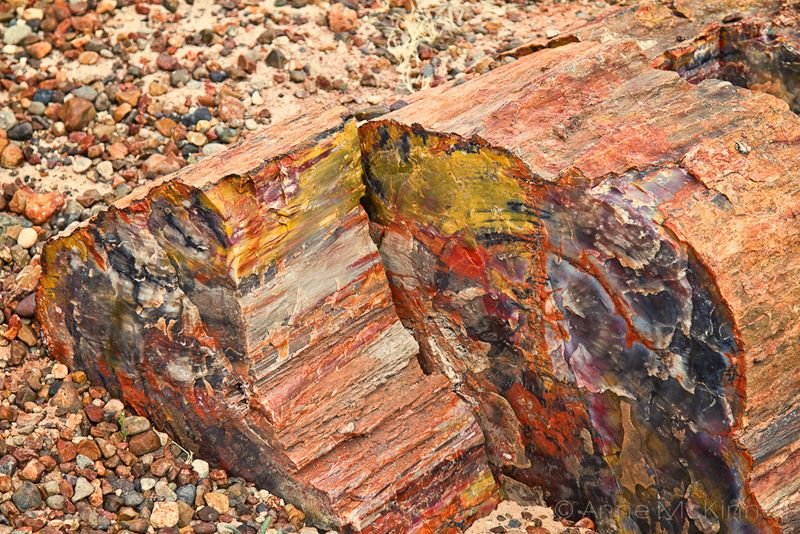
Ancient logs transformed into brilliant crystals scatter across painted badlands in this unique landscape. Petrified Forest National Park preserves trees that fell over 200 million years ago, now converted into rainbow-colored stone through an incredible mineralization process.
Visitors explore both the Crystal Forest’s gem-like logs and the adjacent Painted Desert’s vibrant hills during their journey through prehistoric Arizona.
7. Painted Desert
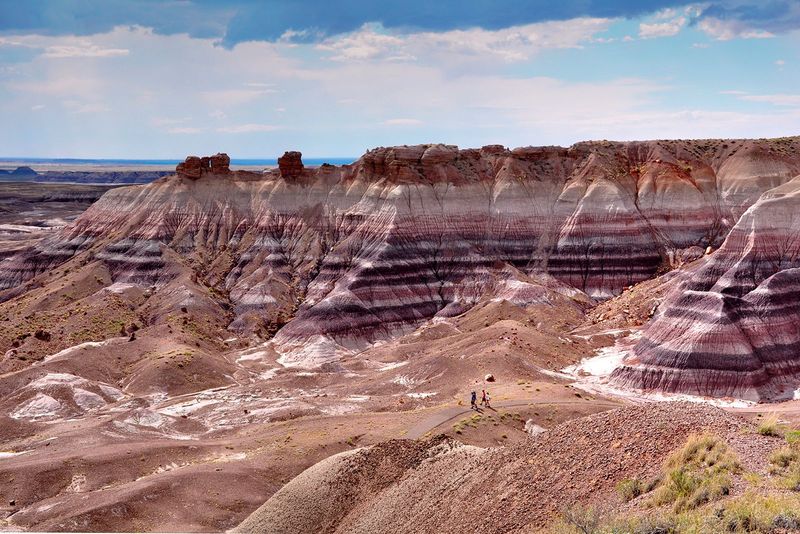
Bands of color streak across eroded hills like an artist’s canvas left in the sun. The Painted Desert stretches across northern Arizona, displaying layers of mudstone and claystone in hues that shift dramatically with changing light throughout the day.
Roadside viewpoints along historic Route 66 offer spectacular panoramas of this multicolored wonderland that seems almost too vibrant to be natural.
8. Cathedral Rock (Sedona)
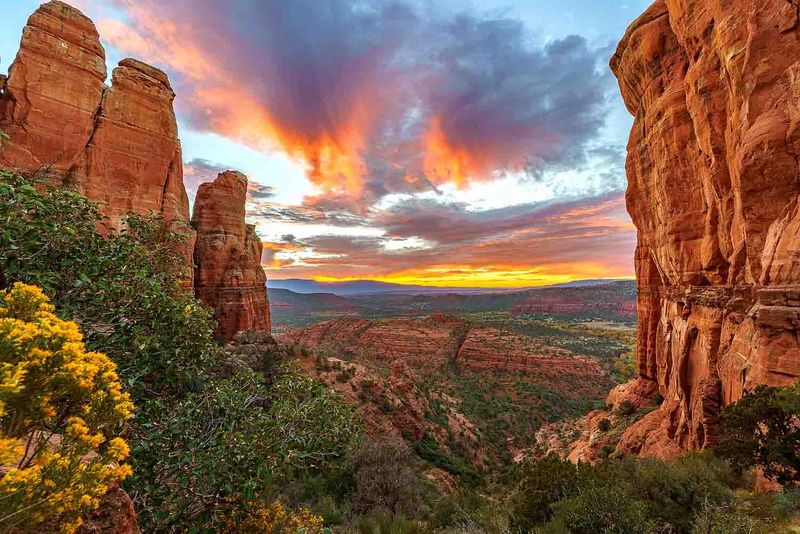
Towering spires of rusty-red sandstone reach skyward like nature’s own monument to spirituality. Cathedral Rock dominates Sedona’s landscape with its distinctive silhouette, drawing hikers and photographers to its base and viewpoints.
Many consider this formation a vortex site—a place of concentrated energy—making it popular for meditation and yoga alongside traditional outdoor recreation.
9. Camelback Mountain
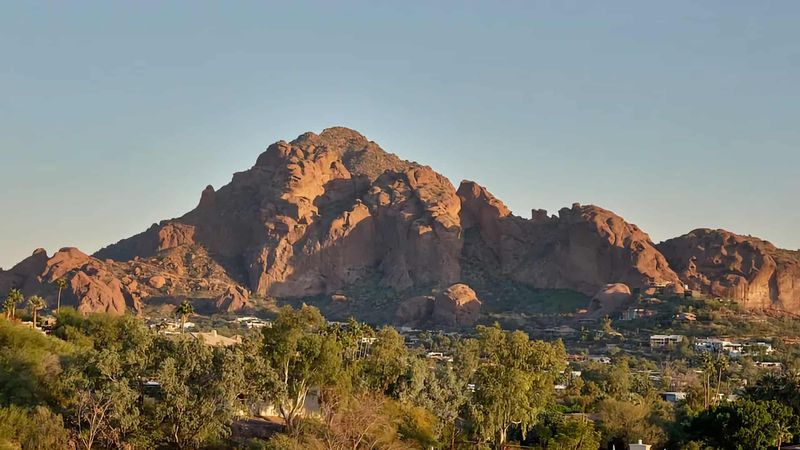
Rising from Phoenix’s urban landscape, this natural landmark challenges hikers with its steep, rocky trails. Camelback Mountain earned its name from its distinctive silhouette resembling a kneeling camel, complete with head and hump formations.
Those who conquer its summit trails are rewarded with panoramic views of the entire Valley of the Sun spreading out below.
10. Superstition Mountains
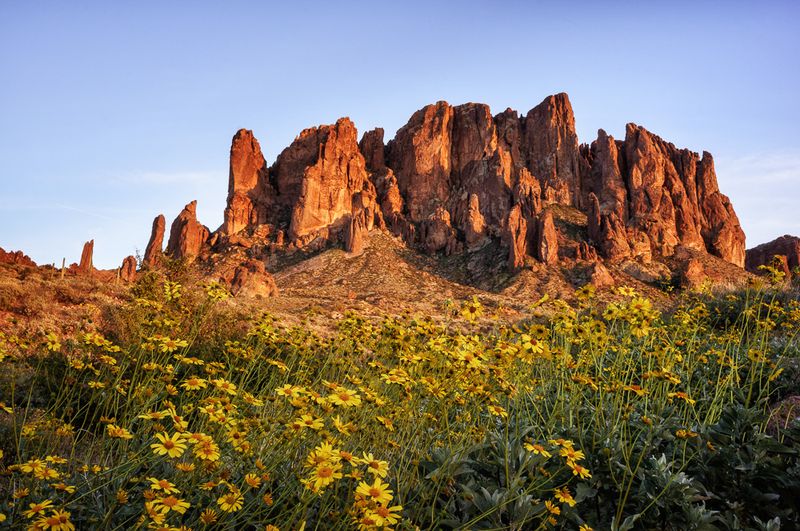
Jagged peaks shrouded in mystery and legend dominate the eastern horizon beyond Phoenix. The Superstition Mountains have captivated explorers for generations with tales of the Lost Dutchman’s gold mine hidden somewhere within their rugged terrain.
Hikers discover dramatic volcanic formations, hidden canyons, and ancient cliff dwellings while exploring this wilderness area that seems straight from an Old West legend.
11. Chiricahua National Monument
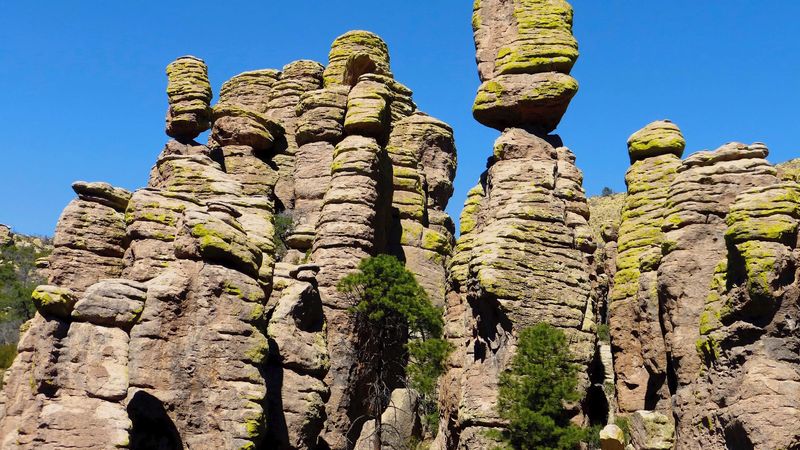
Thousands of stone columns stand like soldiers frozen in time across this remote landscape. The Chiricahua National Monument preserves a wonderland of balanced rocks, spires, and pinnacles created by ancient volcanic eruptions and millions of years of erosion.
Hikers navigate through “standing up rocks” on trails with names like Heart of Rocks Loop, discovering hidden formations around every corner.
12. Havasu Falls
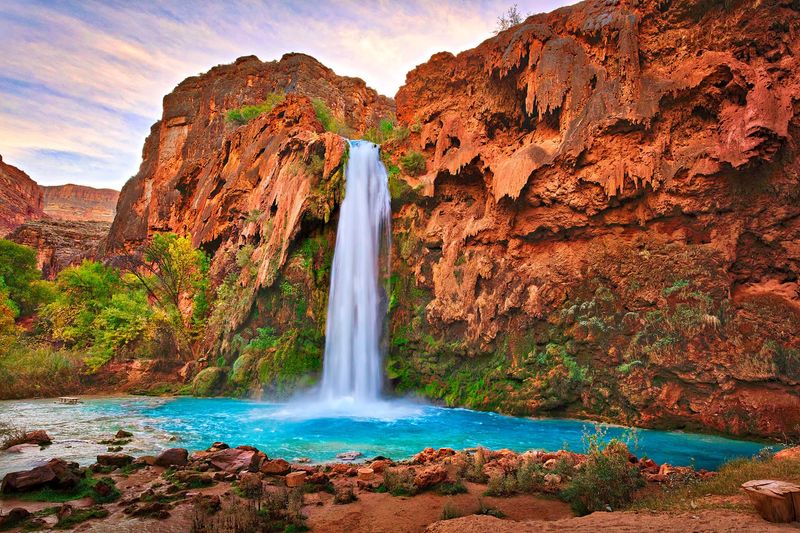
Turquoise water cascades against red canyon walls in a scene that seems impossibly beautiful to be real. Havasu Falls drops 100 feet into vibrant blue-green pools, creating one of North America’s most photographed waterfalls.
Reaching this paradise requires a challenging 10-mile hike into Havasupai tribal lands, where visitors who secure permits can camp nearby and swim in the mineral-rich waters.
13. Lava River Cave
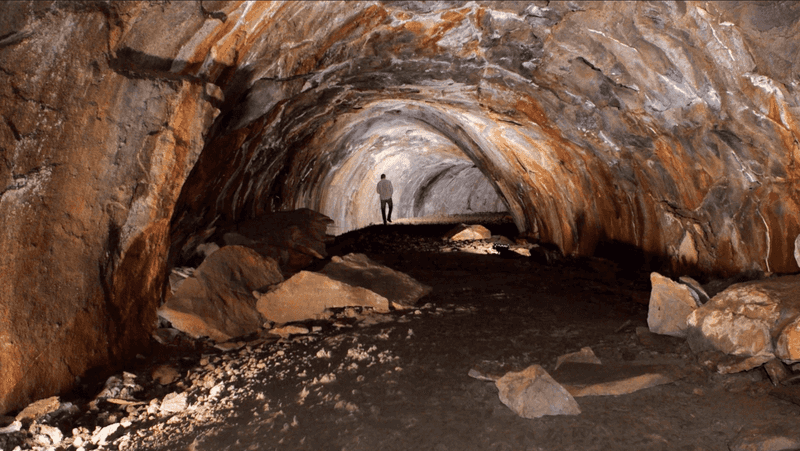
Beneath Arizona’s pine forests lies an underground tunnel where molten rock once flowed like a river of fire. The Lava River Cave stretches nearly a mile long, preserving the hollow pathway left when the outer layer of a lava flow cooled while the interior continued flowing.
Exploring this natural subway requires flashlights and warm clothing as temperatures inside remain near freezing year-round.
14. Coconino National Forest

Towering ponderosa pines give way to red rock canyons in this diverse wilderness that spans multiple ecosystems. Coconino National Forest covers nearly two million acres, transitioning dramatically from high alpine meadows to iconic Sedona landscapes.
Outdoor enthusiasts find endless adventures from mountain biking Bell Rock’s trails to fishing in crystal-clear streams or photographing wildlife in mountain meadows.
15. Watson Lake
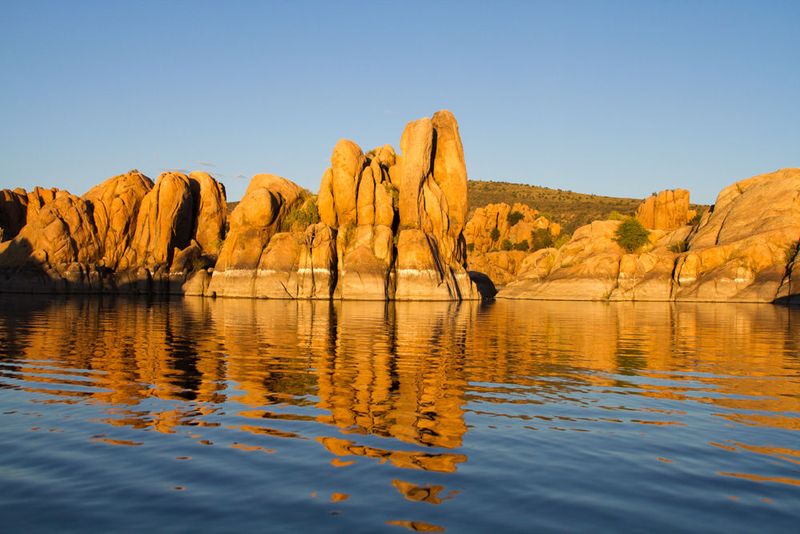
Massive granite boulders create a surreal landscape as they emerge from blue waters like prehistoric creatures. Watson Lake’s distinctive Granite Dells formations create a maze-like environment where kayakers paddle through narrow passages between towering rock formations.
The reflective surface creates mirror images of the surrounding rocks, making this Prescott landmark a favorite for photographers seeking unique compositions.
16. Saguaro National Park
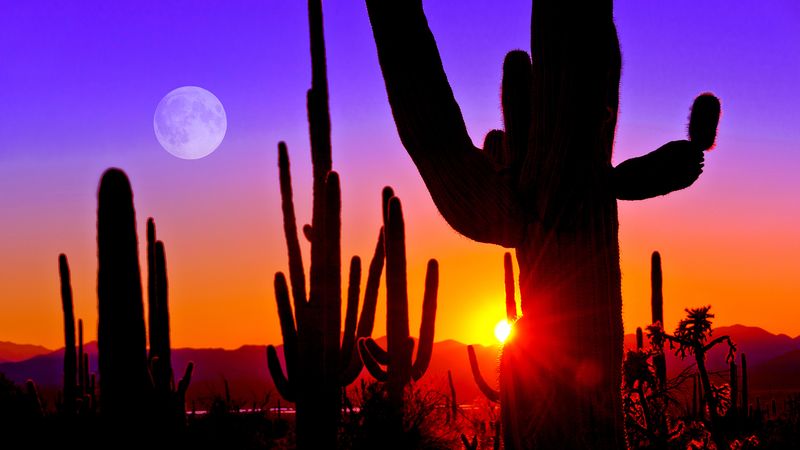
Arms reaching skyward like desert sentinels, these iconic plants create forests unlike any other on Earth. Saguaro National Park protects thousands of these massive cacti, which can grow over 40 feet tall and live for 200 years.
Sunset transforms the landscape into a photographer’s dream as the distinctive silhouettes stand dramatically against colorful skies while desert wildlife emerges for evening activities.
17. Organ Pipe Cactus National Monument
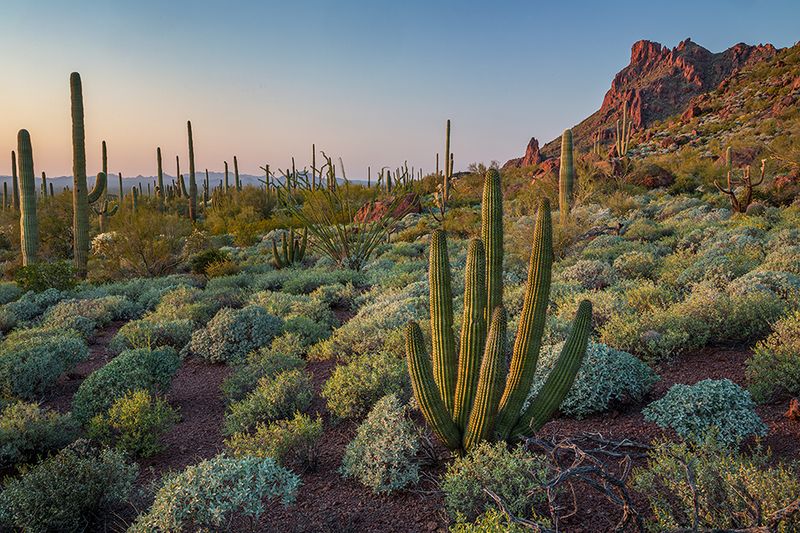
Multiple green arms grow upward from a central trunk, creating living sculptures across this remote desert preserve. Organ Pipe Cactus National Monument protects a unique Sonoran Desert ecosystem where these rare cacti flourish just north of the Mexican border.
Scenic drives and hiking trails lead visitors through landscapes featuring not only the namesake cacti but also saguaros, chollas, and spectacular wildflower displays after spring rains.
18. San Francisco Peaks
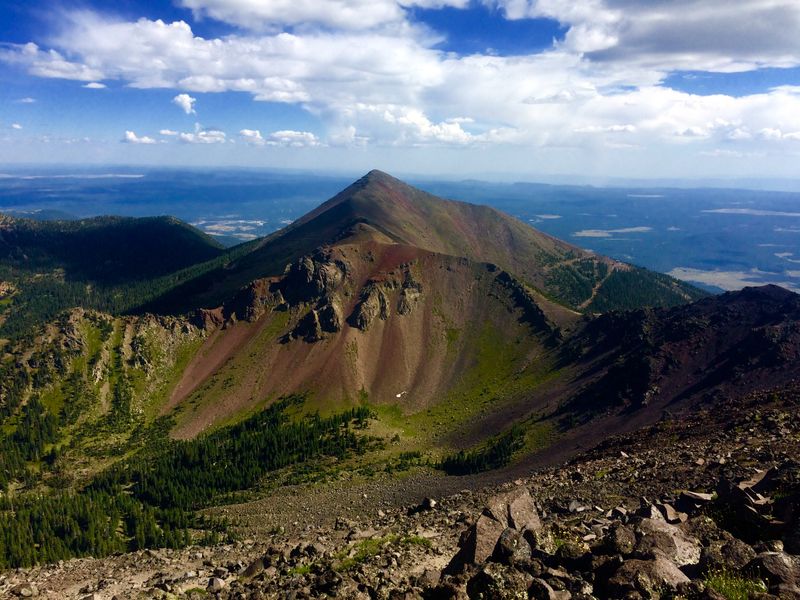
Alpine meadows and forests surround Arizona’s highest summits, creating a cool mountain escape above the desert heat. The San Francisco Peaks form a dramatic volcanic mountain range with Humphreys Peak reaching 12,633 feet—the highest point in Arizona.
Seasonal activities transform the area throughout the year, from summer hiking and wildflower viewing to autumn aspen displays and winter skiing at Arizona Snowbowl.
19. Tonto Natural Bridge
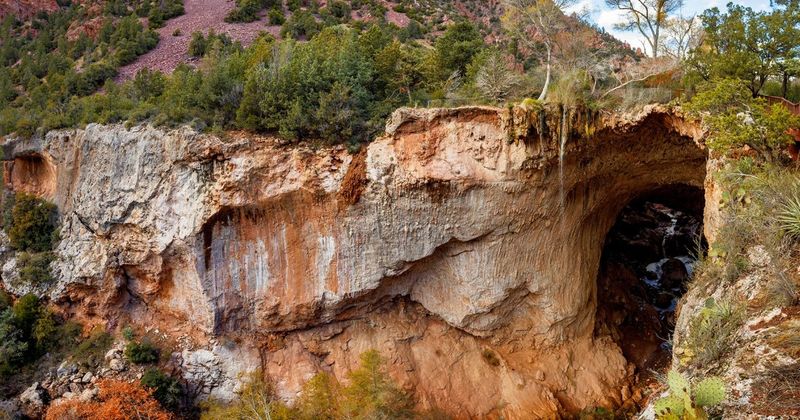
Water carved a massive tunnel through solid travertine, creating what may be the world’s largest natural bridge. Tonto Natural Bridge spans 150 feet high and 400 feet long, with a crystal-clear stream running beneath its impressive arch.
Visitors can view this geological wonder from above or hike down steep trails to experience the cool, cave-like environment underneath the massive stone formation.
20. Kartchner Caverns State Park
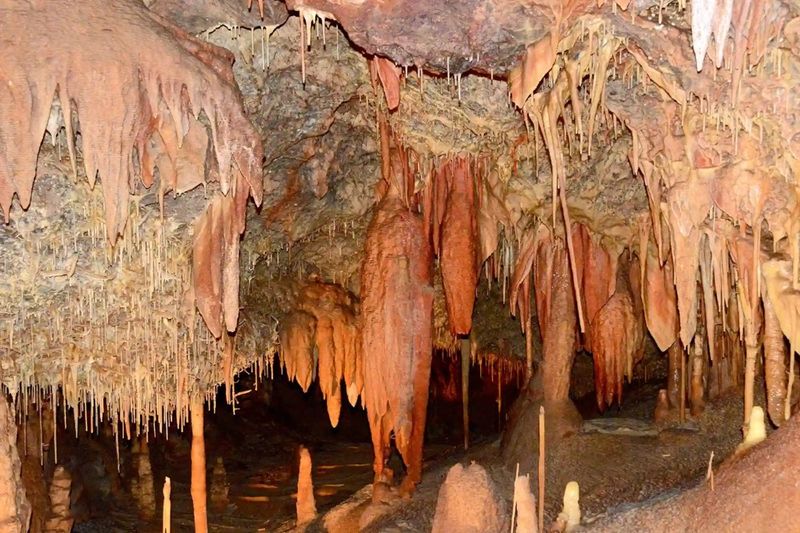
Hidden beneath an unassuming hill lies an underground wonderland discovered just decades ago. Kartchner Caverns remained untouched until 1974 when two cavers squeezed through a narrow passage and found breathtaking formations still actively growing thanks to careful preservation.
Guided tours reveal massive columns, delicate soda straws, and the stunning Kubla Khan formation—a 58-foot column that serves as the cave’s centerpiece.
